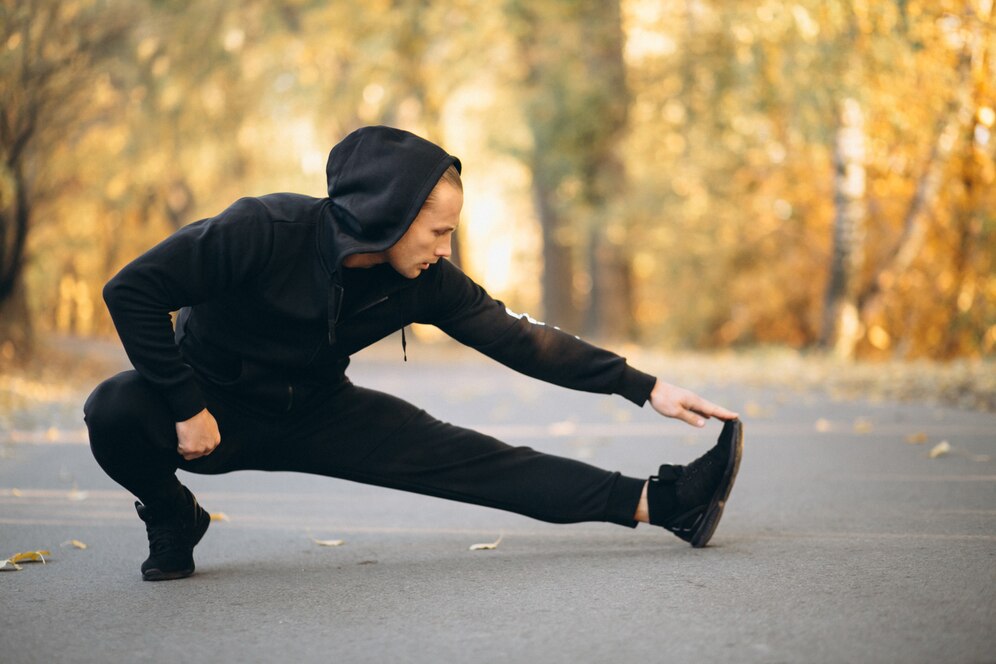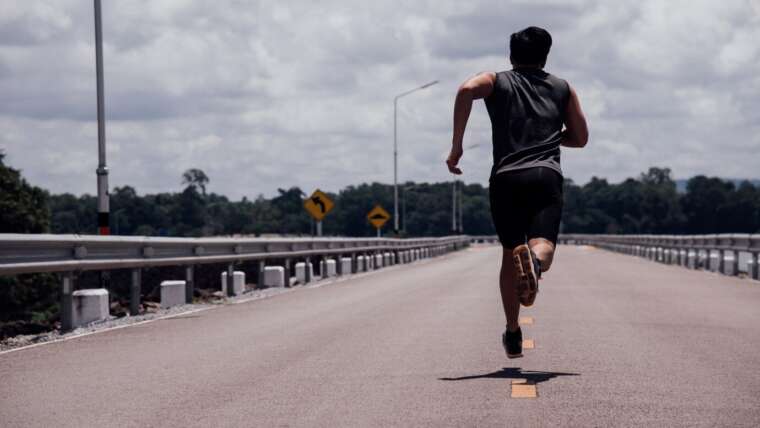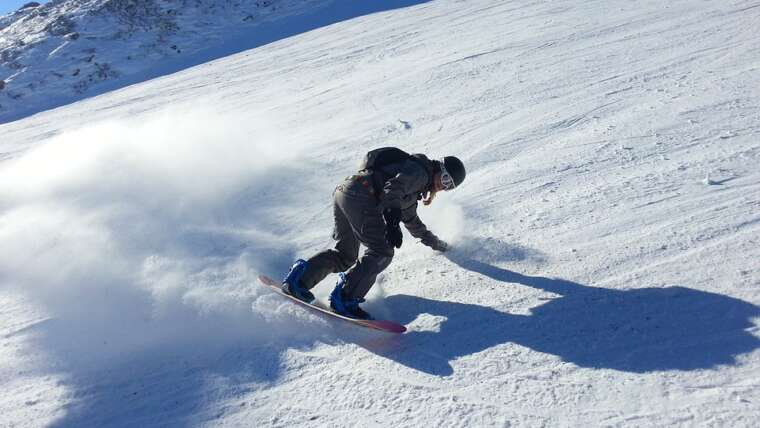Ready to conquer those miles? Well, before you dash off, let’s chat about something super crucial—pre-run stretches.
We know stretching can be a bit of a snooze fest, but trust us, it’s the secret sauce to happy muscles and killer runs.
Don’t worry; we’ve got your back with some easy-peasy stretches to do before running that won’t turn your warm-up into a full-blown yoga session:
Best Pre-Run Stretches For Beginners
Here are the best stretches to do before running:
1. Leg Swings
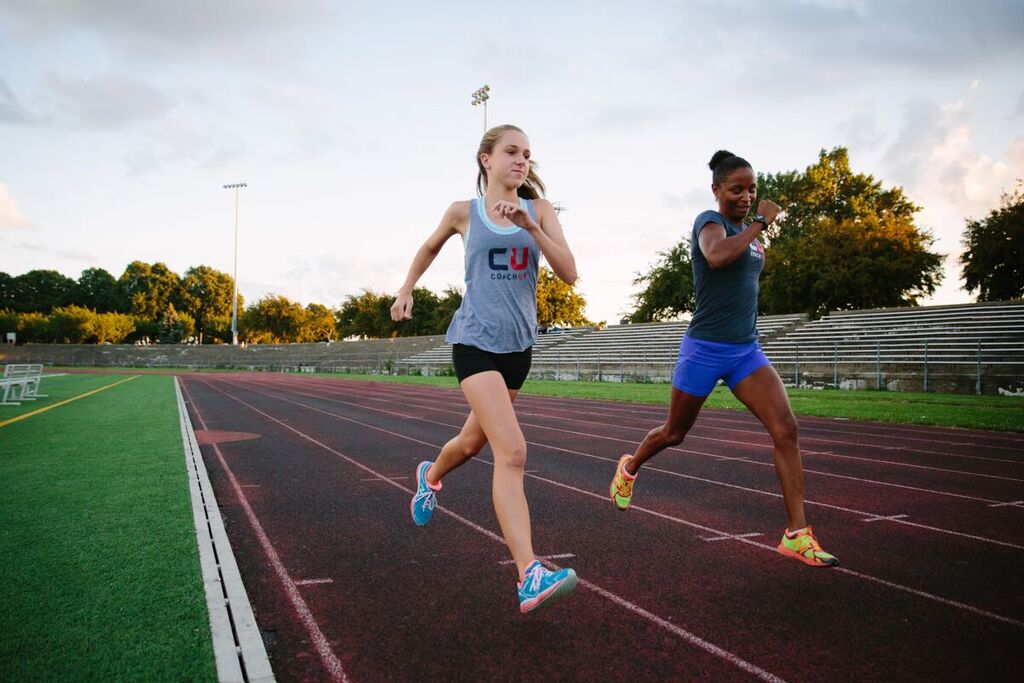
Leg swings are an effective pre-run stretch for beginners that primarily targets the muscles in the lower extremities.
Performing leg swings helps increase flexibility in the hip, knee, and ankle joints, enhancing the range of motion and reducing the risk of muscle strain or injury during running.
Additionally, leg swings engage the muscles responsible for forward and backward movements, promoting better coordination and preparing the legs for the repetitive motion of running.
Step-by-Step Guide:
- Find a stable support, such as a wall or post, and stand parallel to it.
- Hold onto the support with one hand for balance.
- Swing one leg forward and backward in a controlled manner, keeping it straight.
- Ensure that the swinging motion comes from your hip joint.
- Repeat for 10-15 swings on one leg, then switch to the other leg.
- This stretch helps loosen up the hip flexors and improves flexibility.
2. Butt Kicks
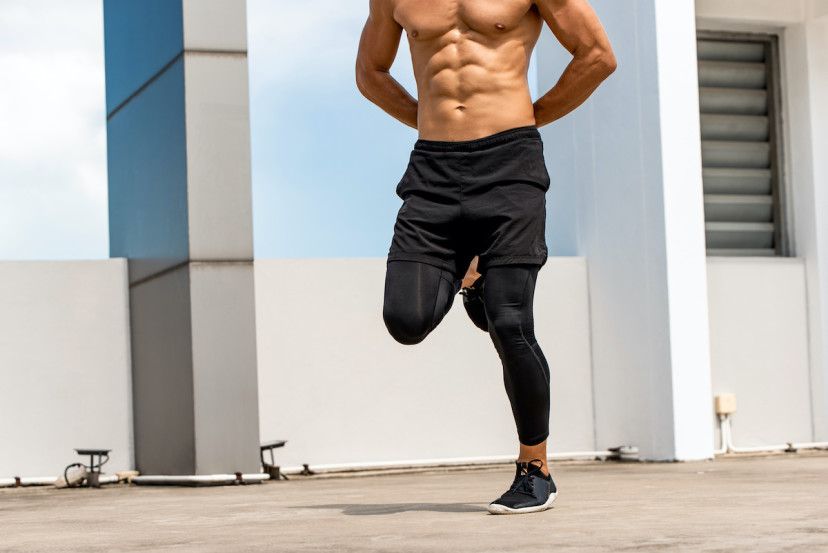
Butt kicks serve as a dynamic warm-up exercise for runners, focusing on the quadriceps and hamstrings.
This stretch involves kicking the heels up towards the glutes in a controlled manner. Butt kicks help to increase blood flow to the leg muscles, improving circulation and raising the overall temperature of the muscles.
This heightened warmth enhances muscle elasticity, making them more pliable and less prone to strains or tears during a run.
Moreover, butt kicks could also be your post-run stretch that will contribute to improved running form by activating and engaging the muscles in the posterior chain.
Step-by-Step Guide:
- Stand with your feet hip-width apart.
- Start jogging in place, bringing your heels up towards your glutes with each step.
- Aim to kick your heels up, engaging the hamstrings.
- Keep your upper body straight and your movements controlled.
- Continue for 20-30 seconds to warm up the hamstrings and increase heart rate.
3. Walking Lunges
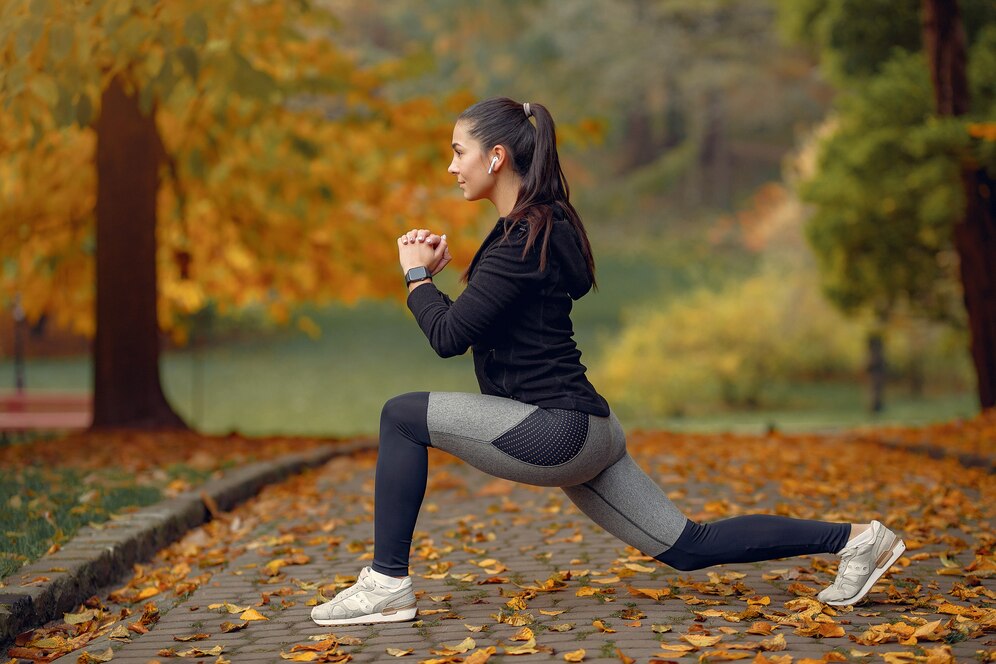
Walking lunges are a beneficial pre-run stretch that targets the quadriceps, hamstrings, and glutes while promoting hip flexibility.
Lunges dynamically stretch the muscles by mimicking the movements involved in running, preparing the body for the forward propulsion and extension of the legs. This stretch also engages the core muscles, aiding in stability and balance.
Incorporating walking lunges into a pre-run routine helps activate the major muscle groups involved in running and contributes to an increased range of motion in the hip flexors.
Step-by-Step Guide:
- Begin standing with your feet together.
- Take a step forward with your right foot, ensuring your knee doesn’t extend past your toes.
- Lower your body into a lunge position, with the back knee hovering just above the ground.
- Push off with the right foot to bring your feet together.
- Repeat the process, stepping forward with the left foot.
- Continue for 10-12 lunges on each leg to activate the quadriceps, hamstrings, and glutes.
4. Lateral Shuffle
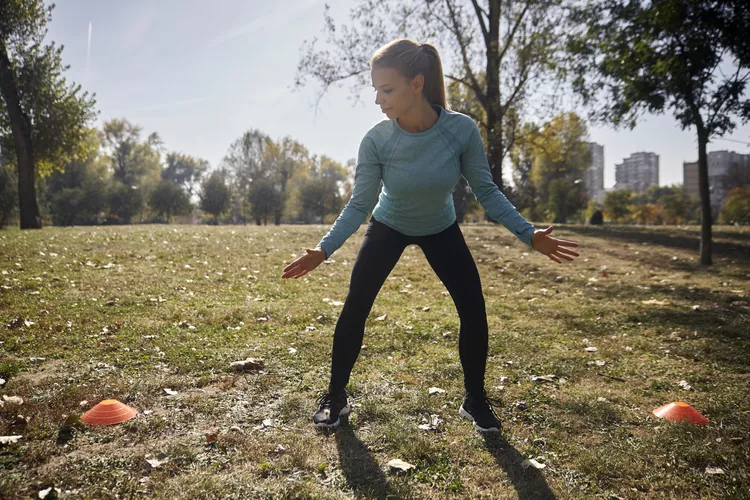
Lateral shuffle is a lateral movement exercise that engages the muscles responsible for side-to-side movements.
This stretch focuses on the inner and outer thighs, hips, and glutes. The lateral shuffle promotes joint mobility in the hip and knee, improving lateral stability and agility.
This can be a particularly beneficial stretch for runners, as it helps strengthen the muscles involved in controlling side-to-side movements, ultimately enhancing overall running performance and reducing the risk of injuries related to lateral instability.
Step-by-Step Guide:
- Stand with your feet shoulder-width apart, maintaining a slight bend in your knees.
- Take a step to the right with your right foot, then quickly follow with the left foot.
- Keep the movements quick and controlled, maintaining a slight squat position.
- Shuffle to the right for 10-12 steps, then shuffle back to the left.
- This lateral movement helps activate the hip abductors and adductors.
5. High Knees
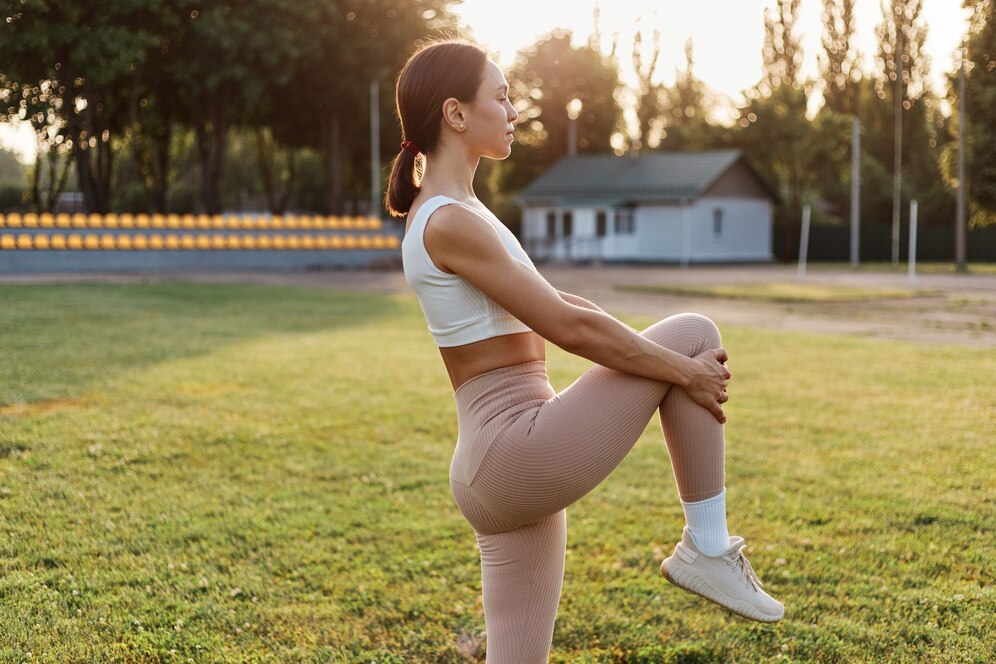
High knees are an effective dynamic stretch that targets the hip flexors, quadriceps, and core muscles.
By lifting the knees towards the chest in a controlled manner, high knees engage the muscles involved in knee drive and hip flexion, mimicking the running motion. This stretch helps improve coordination, balance, and agility while activating the muscles required for an efficient and powerful running stride.
Incorporating high knees into a pre-run routine can enhance overall running performance and reduce the risk of muscle tightness or imbalances.
Step-by-Step Guide:
- Stand with your feet hip-width apart.
- Lift your right knee towards your chest as high as possible while hopping on your left foot.
- As you lower the right foot, immediately lift the left knee.
- Continue this alternating motion for 20-30 seconds, pumping your arms to mimic running.
- This stretch elevates the heart rate, warms up the leg muscles, and improves hip flexibility.
6. Dynamic Torso Twists
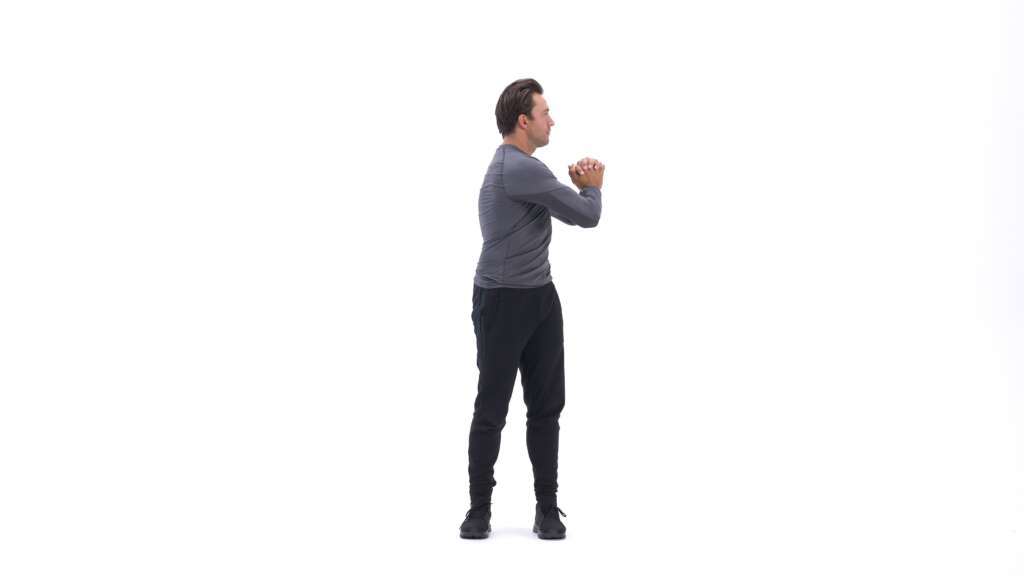
Dynamic torso twists are a pre-run stretch that focuses on the rotational aspect of the core muscles.
This stretch engages the obliques, lower back, and abdominal muscles by twisting the torso from side to side. Dynamic torso twists promote flexibility in the spine and improve rotational range of motion, which is essential for a balanced and efficient running gait.
This stretch also helps warm up the muscles around the spine, reducing the risk of stiffness and discomfort during a run. Including dynamic torso twists in a pre-run routine contributes to enhanced core stability and overall running biomechanics.
Step-by-Step Guide:
- Stand with your feet shoulder-width apart, arms extended in front of you.
- Rotate your torso to the right, keeping your hips facing forward.
- Return to the center and then rotate to the left.
- Continue this dynamic twisting motion for 10-15 reps on each side.
- This stretch helps warm up the spine, core, and oblique muscles.
Over To You
So, before you lace up those sneakers and get on your next running adventure, remember the golden rule: stretching is your best running buddy.
These easy, breezy pre-run stretches not only help prevent injuries but also enhance your performance, making each stride smoother and more enjoyable.
So, stretch it out and hit the road.


